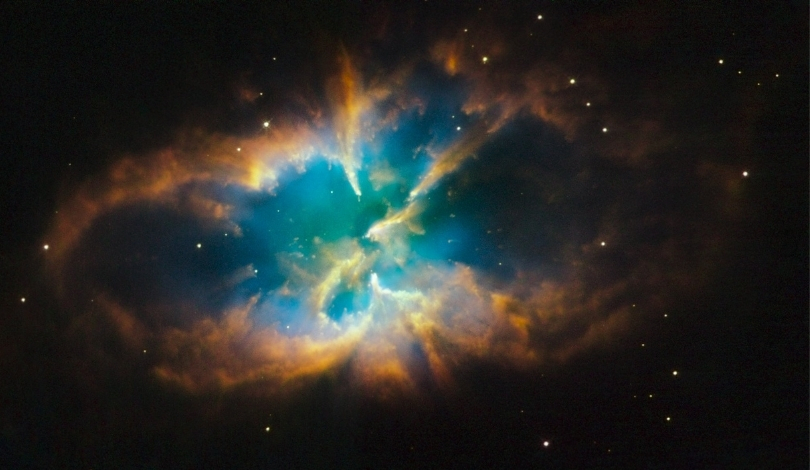Advancements in CubeSat technology are paving the way for affordable space missions. A recent initiative by the Delft University of Technology team showcases a 3U CubeSat designed to execute a fly-by of a Near Earth Asteroid (NEA) using commercially available components. This mission underscores the potential of small satellites to contribute valuable scientific data with minimal resources.
Previous endeavors in CubeSat missions have primarily focused on Earth observation and communication. This new approach extends their capabilities to deep space exploration, marking a significant expansion in their application. The integration of autonomous navigation within such a compact framework represents a notable progression from earlier projects that relied heavily on ground-based guidance systems.
Mission Requirements and Design
The mission outlined by the Delft team had stringent criteria, including a total mass below 4 kilograms and fitting within the standardized 3U CubeSat dimensions of 100mm x 100mm x 340.5mm. Additionally, the mission was constrained to a duration of fewer than 650 days and demanded a fully autonomous navigation strategy. These requirements necessitated innovative engineering solutions to ensure the CubeSat could maneuver independently and effectively conduct its scientific objectives.
Autonomous Navigation Challenges
Developing a fully autonomous navigation system posed significant challenges due to the low visibility of many NEAs and the variable lighting conditions based on the asteroid‘s orientation. The CubeSat’s payload, comprising visible light and infrared cameras, works in tandem with a micro star tracker to maintain an optimal trajectory. This synergy is crucial for the CubeSat to adjust its path in real-time, ensuring accurate data collection during the brief fly-by phase.
Scientific Payload and Data Collection
The mission’s scientific payload is designed to capture high-resolution images of the target asteroid, achieving up to 6 x 6 pixels for a 300-meter diameter object. While this offers a substantial improvement over ground-based observations, it falls short of providing detailed insights into the asteroid’s mass and composition. Nevertheless, the approach facilitates the acquisition of essential data, contributing to our understanding of NEAs without necessitating extensive resources.
The CubeSat’s design emphasizes simplicity and cost-effectiveness, incorporating six primary subsystems: a visible and infrared camera payload, a microjet ion propulsion engine, an attitude determination and control system (ADCS), an X-band communication system interfacing with NASA’s Deep Space Network, and deployable solar panels for power. This modular setup not only reduces manufacturing costs but also enhances the scalability of similar missions in the future.
Future considerations for the mission include addressing thermal management and radiation shielding, which were not encompassed in the initial design. Additionally, securing time on the already heavily utilized Deep Space Network antennas remains a logistical hurdle to be tackled in subsequent studies. Despite these challenges, the mission exemplifies the feasibility of deploying inexpensive, reproducible CubeSat missions for asteroid exploration.
The progression of CubeSat missions into deep space signifies a transformative shift in space exploration strategies. By leveraging off-the-shelf components and autonomous systems, researchers can conduct multiple, cost-effective missions that collectively enhance our understanding of near-Earth objects. Continued advancements in CubeSat technology and reductions in launch costs are likely to further democratize space science, enabling broader participation and innovation in the field.










